Does your cat often eat plastic, cardboard, or sheets of paper? It might be suffering from Pica syndrome. This eating behavior disorder, also seen in humans and dogs, drives cats to eat just about anything, mainly non-edible or non-nutritive items. Is Pica in cats serious? What causes it? And what can you do if your cat has Pica? We explain everything in this article.
What is Pica syndrome in cats?
Our cats sometimes behave strangely, like scratching around their bowl, deliberately knocking things over or following us everywhere (even to the bathroom). But some whiskered friends act even stranger: they eat plastic, paper, or cardboard. This behavior is called Pica syndrome.
Pica is an eating disorder characterized by the ingestion of non-food or non-nutritive substances. Its name comes from the Latin “pica,” meaning magpie, a bird known for pecking at everything. This serious disorder is mostly known in humans, who compulsively swallow all kinds of things: coins, sponges, soil, talc, soap, or even erasers. But it turns out cats can also be affected by Pica (as well as dogs and many other animals).
A cat with Pica ingests non-food items such as cardboard and paper. At Ziggy Family, we know a little cat named Ineka who eats garbage bag strings, book pages, and licks wool sweaters and sometimes electrical cords (she has a thing for the white cables from the apple brand). She also can’t resist nibbling plastic bags and ingesting anything with glue (tape, labels, Post-Its, etc.).
Here is Ineka caught in the act of licking a cable (before chewing it):

How do I know if my cat has Pica?
Pica syndrome is not a disease, and certainly not a condition that can be diagnosed by blood tests like kidney failure. This disorder is often psychological. So we can only suspect it by observing the cat's behavior: it eats everything and anything, not just its delicious Ziggy pâtés and kibbles.
However, an X-ray, ultrasound, or endoscopy may reveal foreign bodies and confirm that kitty has Pica. A full physical exam is also done, especially if kitty has digestive issues (repeated diarrhea and/or vomiting) or if a deficiency is suspected. We explain more in the causes section.
In kittens, this behavior is not rare — our baby cats tend to taste everything to “discover” their environment — but it usually disappears by adulthood. However, some grown cats may keep this bad habit and continue to chew on all kinds of inedible things, irrationally and obsessively, like Ineka. A cat “diagnosed” with Pica is one who has been acting this way for a long time.
Note that a cat that eats plants is not considered a cat with Pica. Eating plants is an instinctive behavior in cats; they seek to purge themselves. Some cats also chew fabric, cardboard, or plastic to “file their teeth.” We talk about Pica when a cat eats inedible items, and again, for a significant period.
If your cat often eats your plants, don’t hesitate to read our article: 20 toxic plants to keep out of reach.
My cat probably has Pica, is it serious?
A cat with Pica can be perfectly healthy (if the behavior is only psychological). In our little Ineka’s case, she’s doing great (according to her vet); she sleeps 16 hours a day, purrs at every pet, spies on neighbors through the window, and has two 15-minute bursts of craziness morning and night. An Olympic form she owes to her Ziggy pâtés and kibbles (just saying 😽).
That said, if Ineka is healthy, it’s because her owner watches her closely (in addition to giving her healthy, quality food). Pica syndrome can be dangerous; ingesting things like plastic can cause digestive problems (vomiting, constipation, diarrhea), intestinal blockage, or worst-case scenario, intestinal perforation, which can lead to death. Some cardboard or paper may contain inks and other substances toxic to her system.
If your cat tends to eat unsuitable items, watch her carefully. When you’re not around, remove or hide any objects or substances that might attract her.
What causes Pica syndrome?
The reasons are still unclear, but stress and anxiety are usually suspected in our cats.
Stress sources for our beloved felines are many: moving house, traveling, vet visits, arrival of a new animal or child in the family. New furniture or decorations (sofa, table, paint) can also stress our whiskered friends. Remember, our furry roommates are creatures of habit, and any change or novelty can disturb them.
A trauma experienced as a kitten could also cause this eating behavior disorder. In Ineka’s case, she was found inside the (turned off) oven of a pizzeria in Guadeloupe. The hiding place and her journey to France surely left a lifelong mark.
Another possible cause (not yet proven): too early weaning. From birth, the mother cat plays a crucial role: providing warmth, protection, and food. Until two or three months old (or more), she supervises the kitten’s nutritional and social weaning, teaching the basics of feline behavior — how to eat, groom, and be clean. A cat weaned too early might feel a lack and start eating anything to soothe itself. Cats with Pica who were weaned too early might lick and suck on fabrics.
Finally, Pica could be due to nutritional deficiency — some cats with anemia might lick and eat their litter — or a digestive disorder. Cats showing Pica with digestive issues might ingest items to relieve nausea or discomfort. But this remains a hypothesis.

My cat swallowed plastic or fabric, what to do?
The first reflex: don’t try to remove it from their mouth. You’ll stress your cat even more (and especially, it won’t let you).
If your cat swallowed a tiny piece of paper, plastic, or fabric (really small), don’t panic — it will likely pass through in stools or be vomited.
However, at the slightest doubt, contact your vet. What should really alert you is when your cat starts having abdominal pain (can’t be touched or lifted), constipation, or other digestive problems. These symptoms require emergency veterinary care!
What to do if my cat has Pica?
Unfortunately, Pica is not curable. A cat with Pica will have it for life. The disorder will be more or less pronounced during certain periods: doing nothing for a few weeks, then eating everything again that crosses their whiskers.
However, several solutions can be implemented to reduce the disorder.
Consult your veterinarian
Obviously, the first step is to see your vet to determine the cause of the behavior. As we saw, causes can be multiple. The syndrome may for example stem from a nutritional deficiency.
Reduce stress
As explained above, stress and anxiety are often the root cause of Pica in cats. In this case, you need to reassure and relax your cat as much as possible.
Spend more time with them, give them pets and cuddles. Your cat will feel less neglected and regain confidence.
Physical activity is also a great stress reliever. It releases endorphins, the feel-good hormones. Play with your cat, offer toys (that they cannot eat!) or provide climbing structures so they can move but also rest with a panoramic view of your living room. Also, set up a cozy spot near a window. Our little cats love to gossip 😺
To help your cat relax, you can also use valerian. Available as a spray or diffuser, it is often used by vets to treat anxiety naturally.
Finally, some music apparently soothes our cats. We explain more in our article: how to help your cat relax.
Consult a feline behaviorist
If your anti-stress efforts don’t work, don’t hesitate to contact a feline behaviorist. They can help you and your cat by identifying environmental causes behind this behavior.
Offer a Gourmet Diet
Isn't it said that happiness is on the plate? For your little ball of fur, we recommend offering a gourmet and quality diet, in the form of several small meals served at regular times. This will give them a routine and reassure them.
Among foods, we especially recommend pâté, which is much more filling than kibble because it is very rich in water. Well satisfied, your cat will be less tempted to eat pieces of paper or other non-edible items.
Also favor a pâté rich in (quality) proteins that will provide all the nutrients your cat needs to stay healthy, like our delicious Ziggy pâtés.
Unfortunately, we cannot cure this disorder. But at Ziggy, your cat’s bowl is our concern. All our pâtés and kibbles have been formulated by Dr. Géraldine Blanchard, Veterinarian: quality proteins, low in carbohydrates, and very very rich in love.
If your cat is like Ineka, we are thinking of them very much and sending lots of purrs. 💛


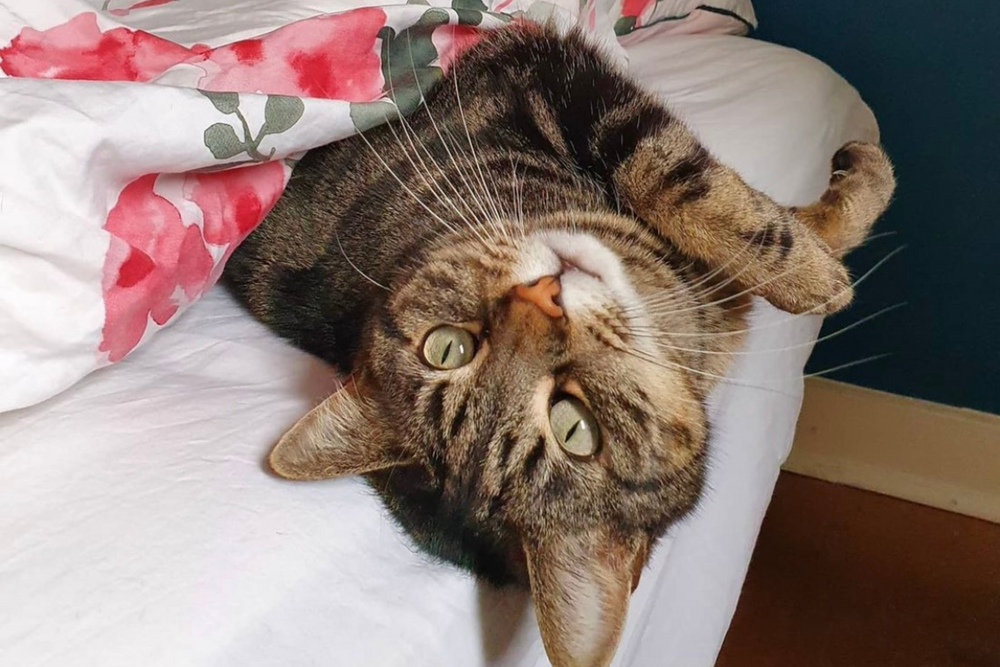
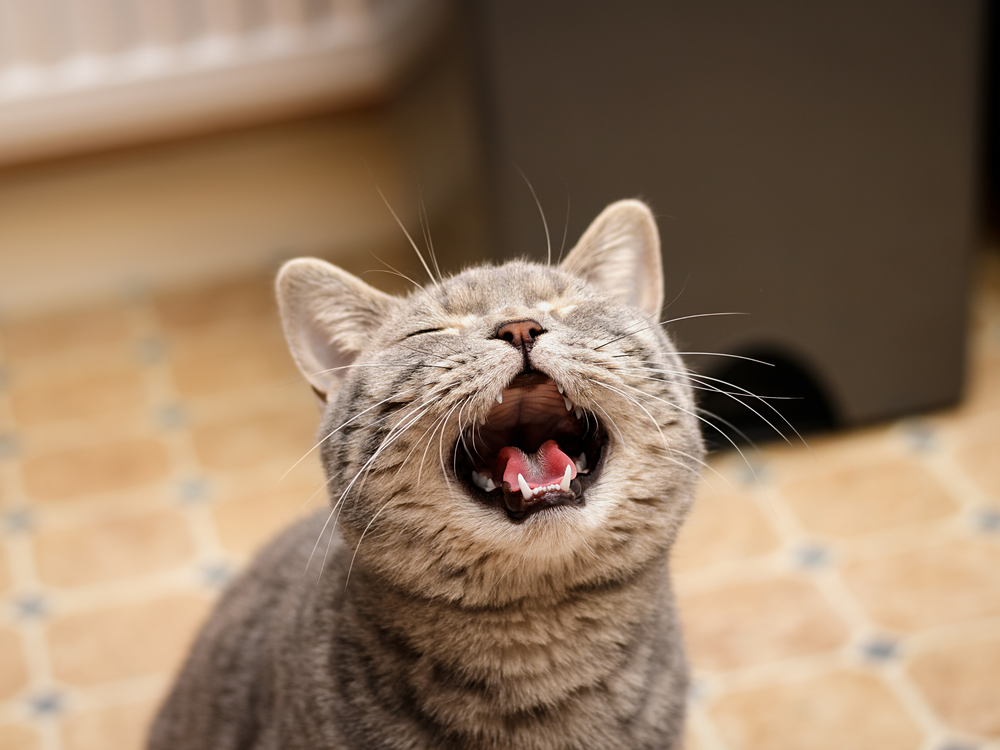
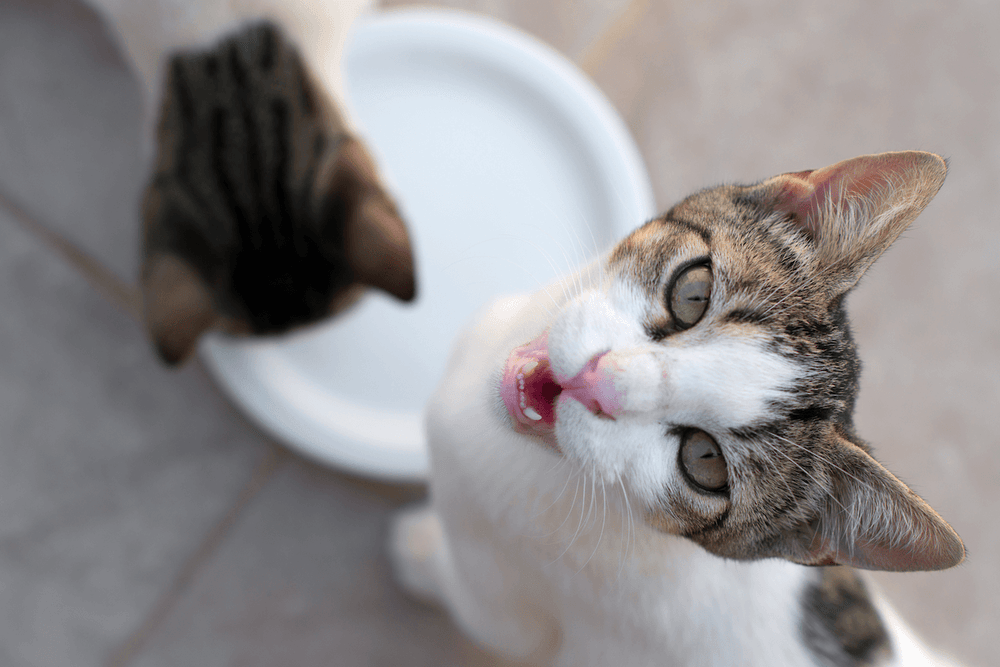
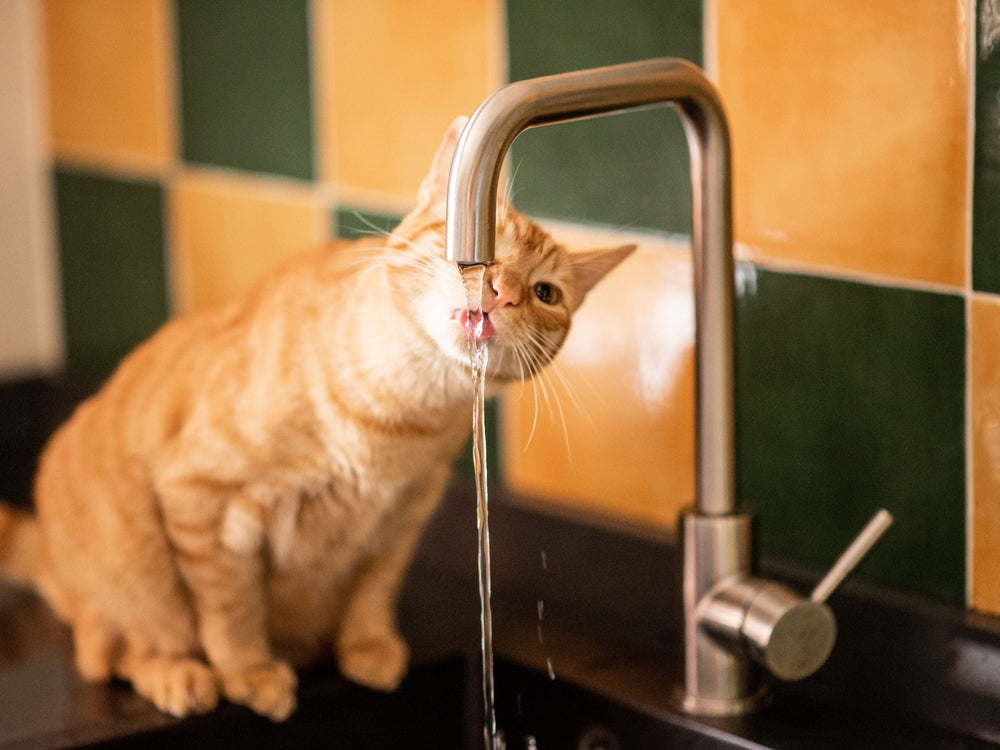
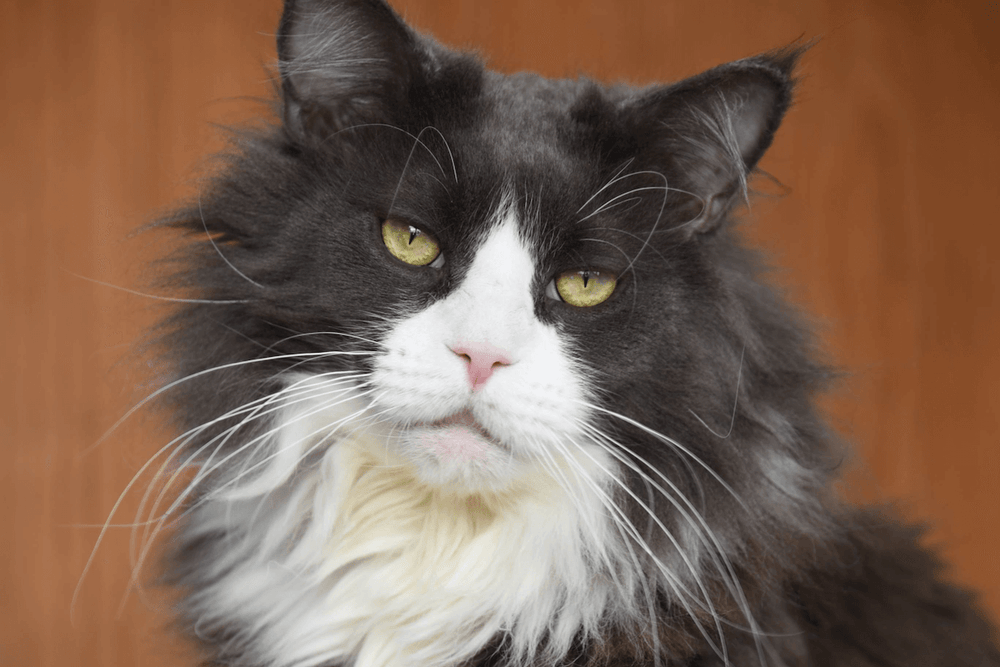
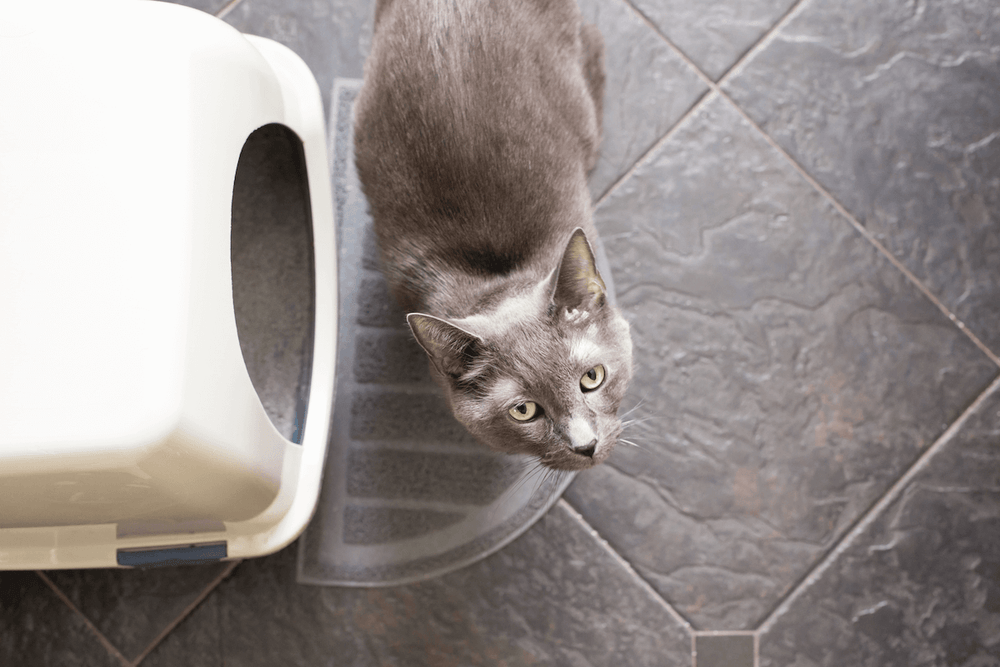
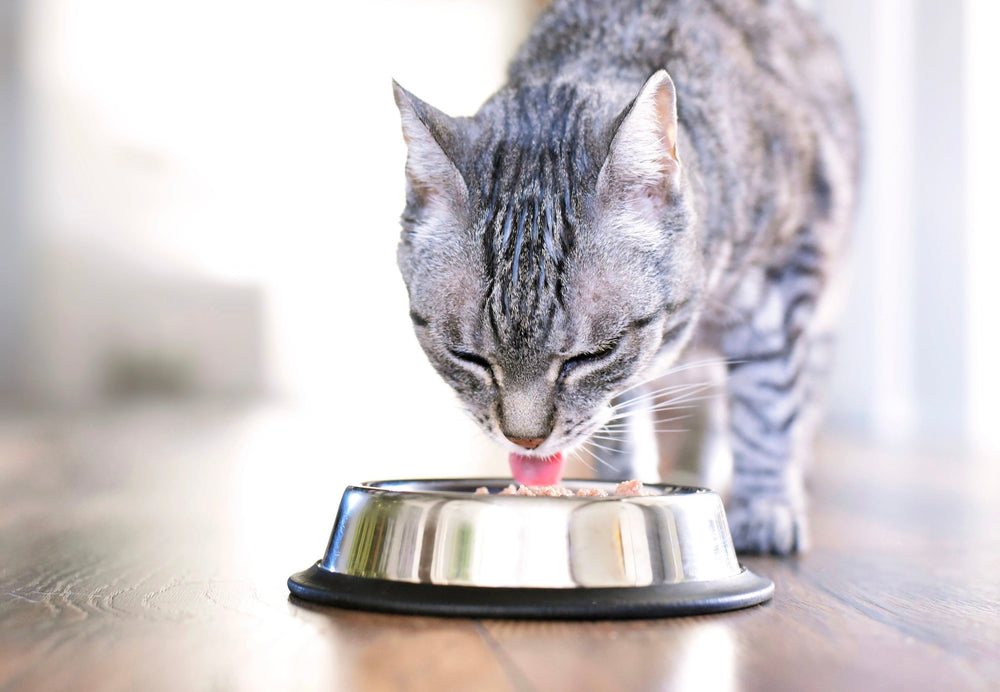
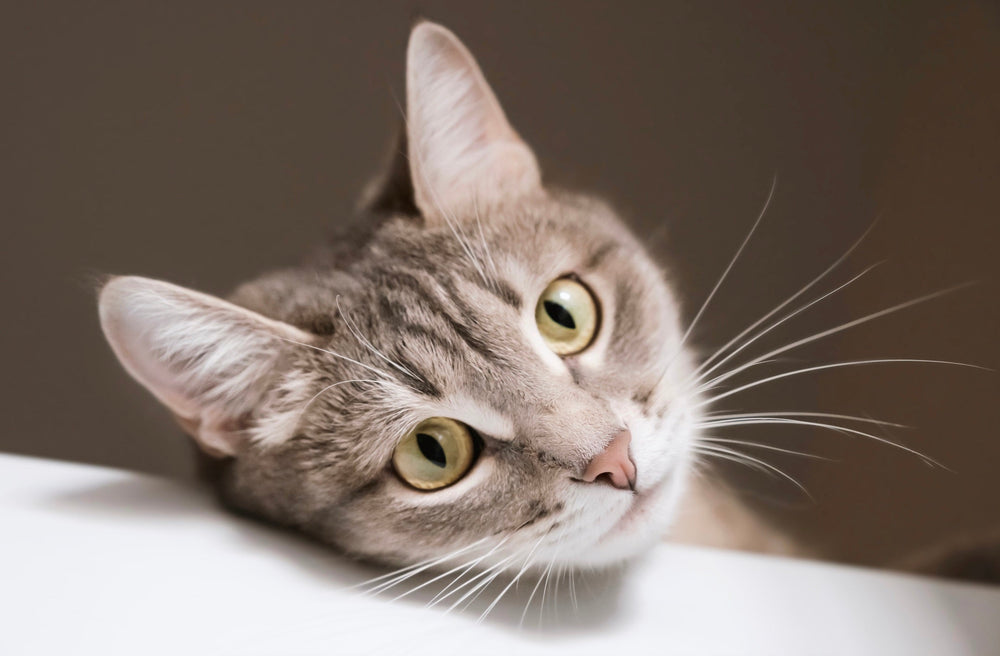
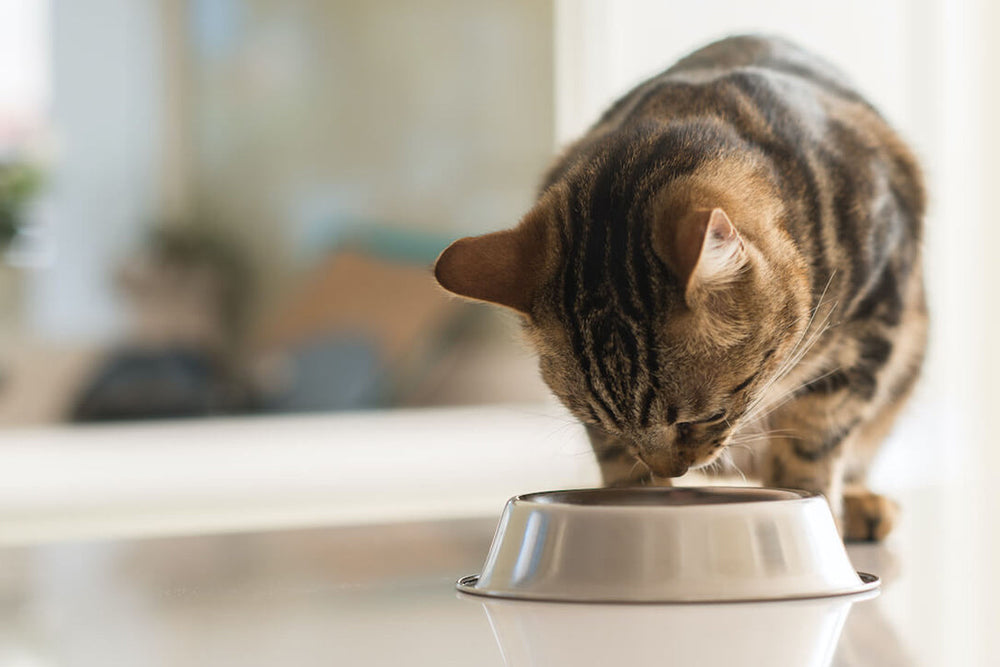
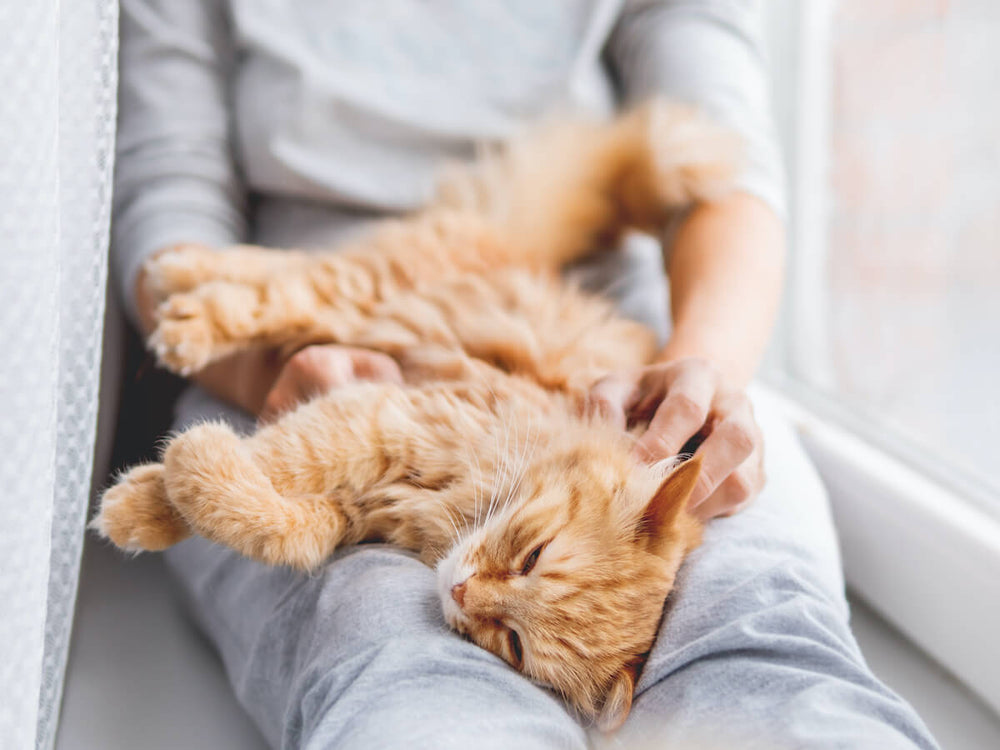
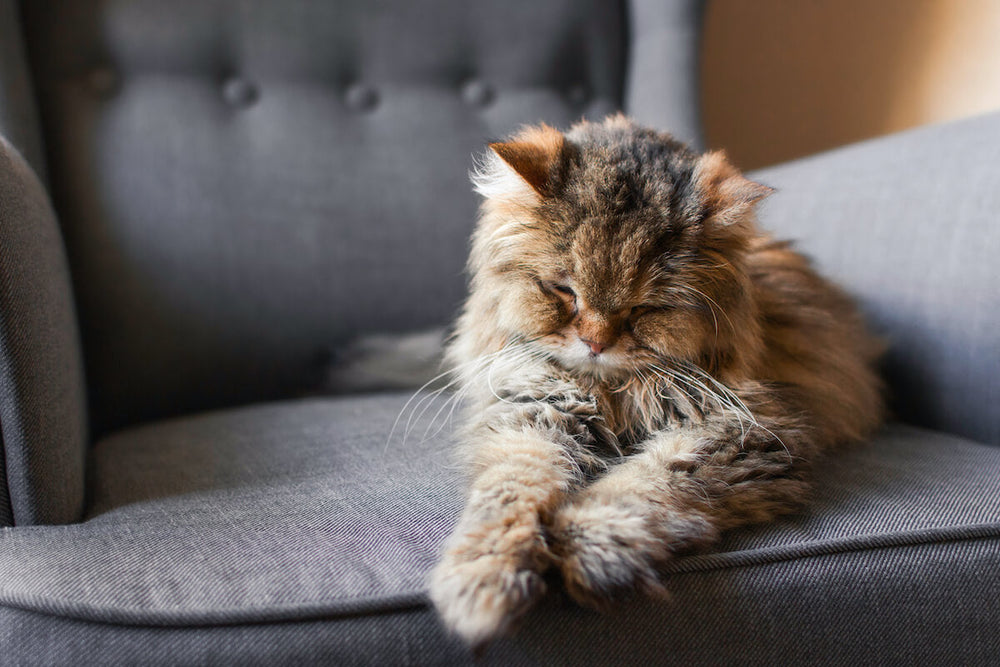
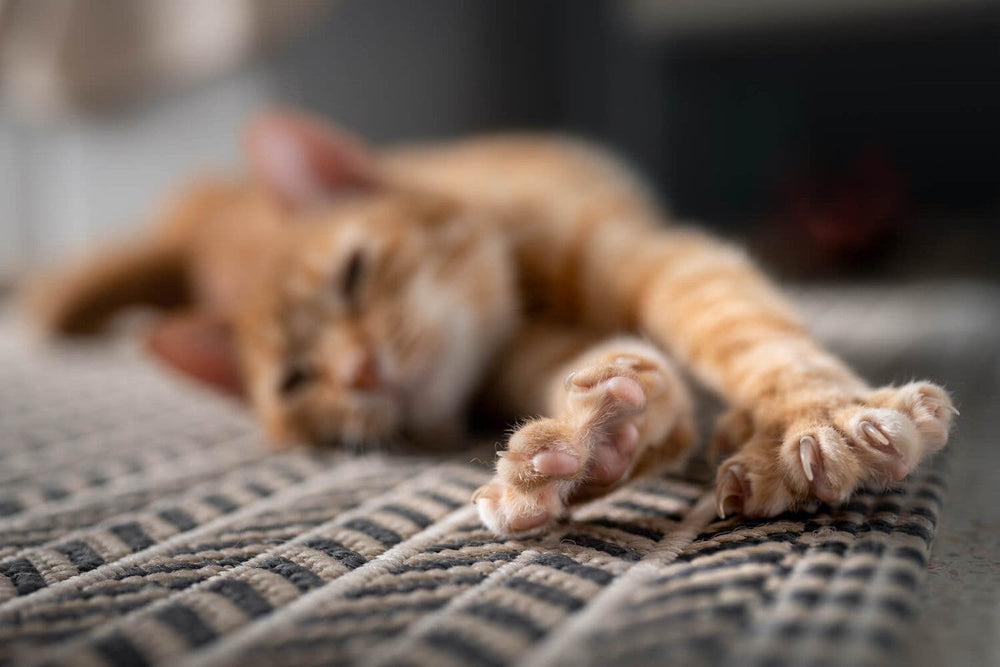
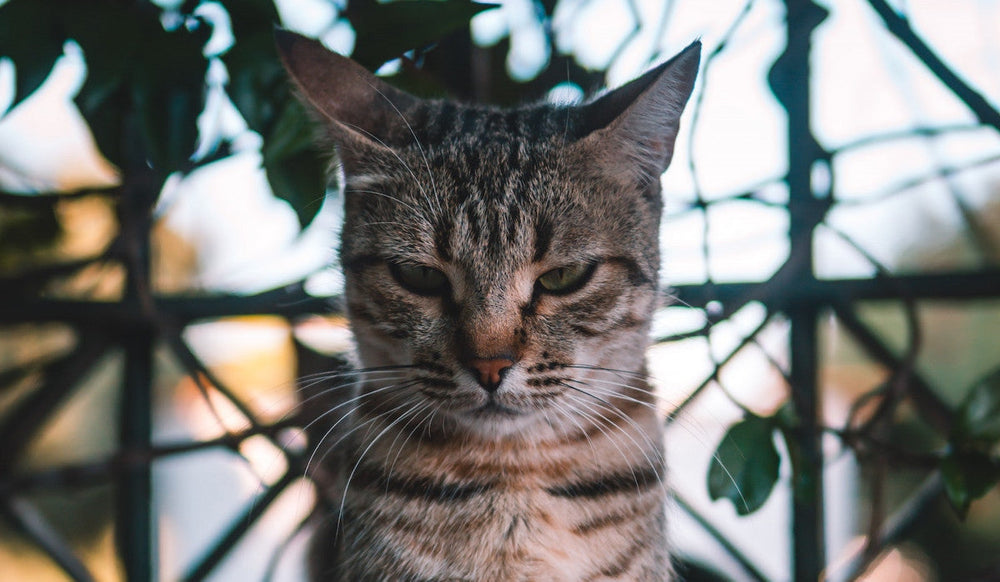
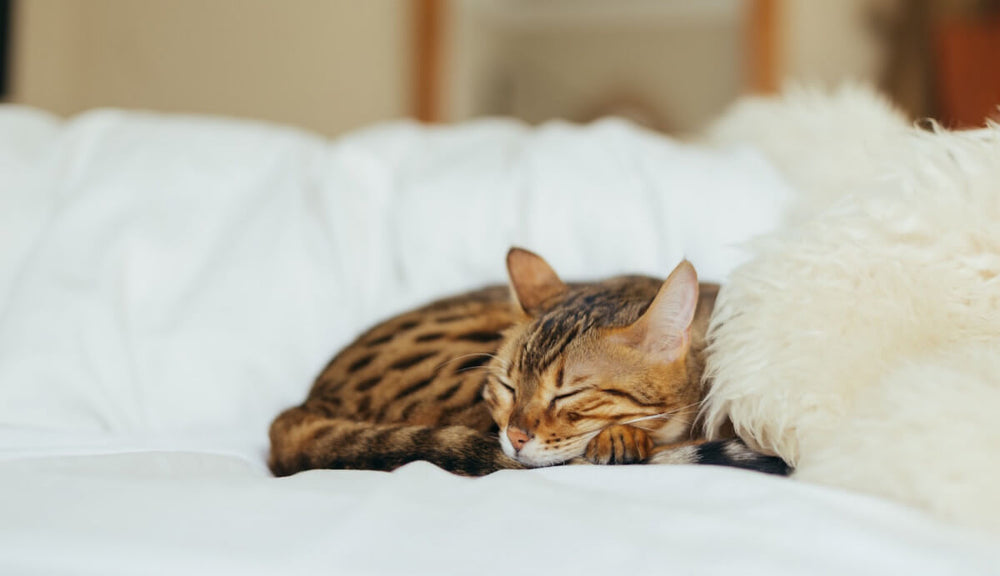
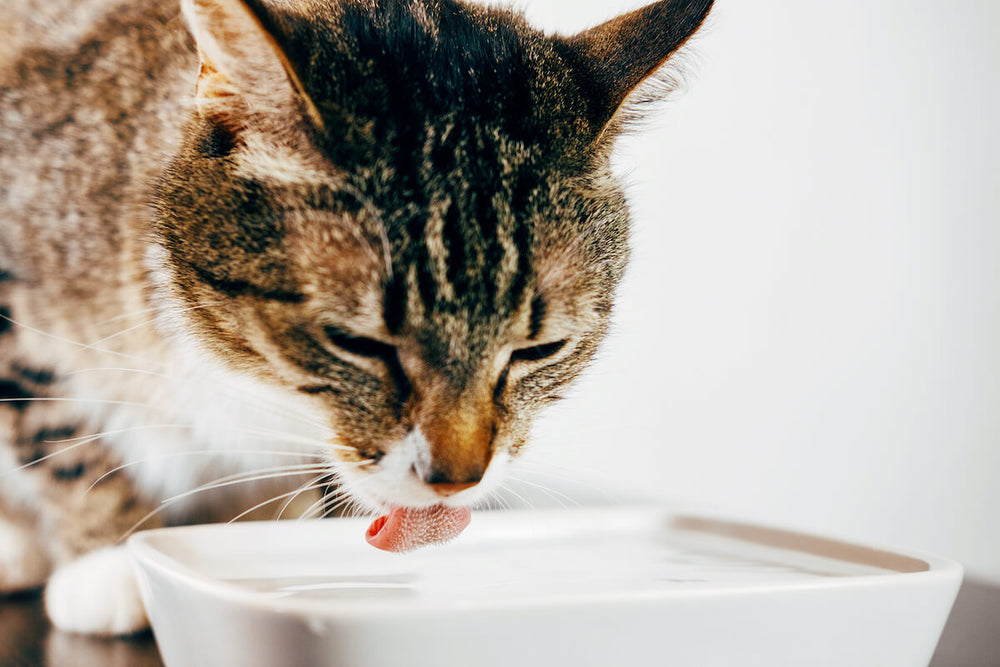
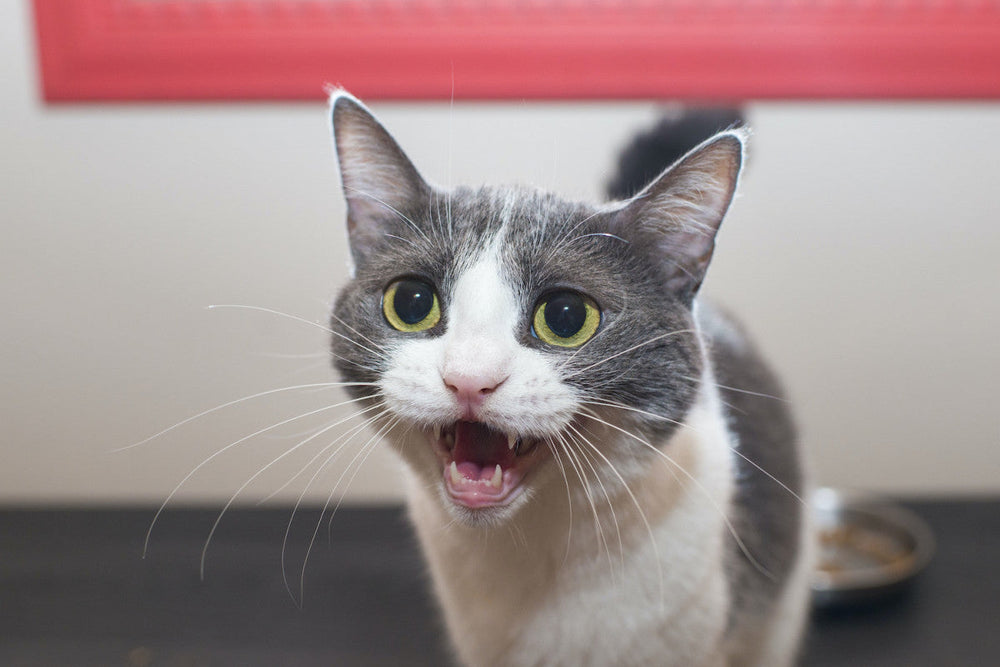
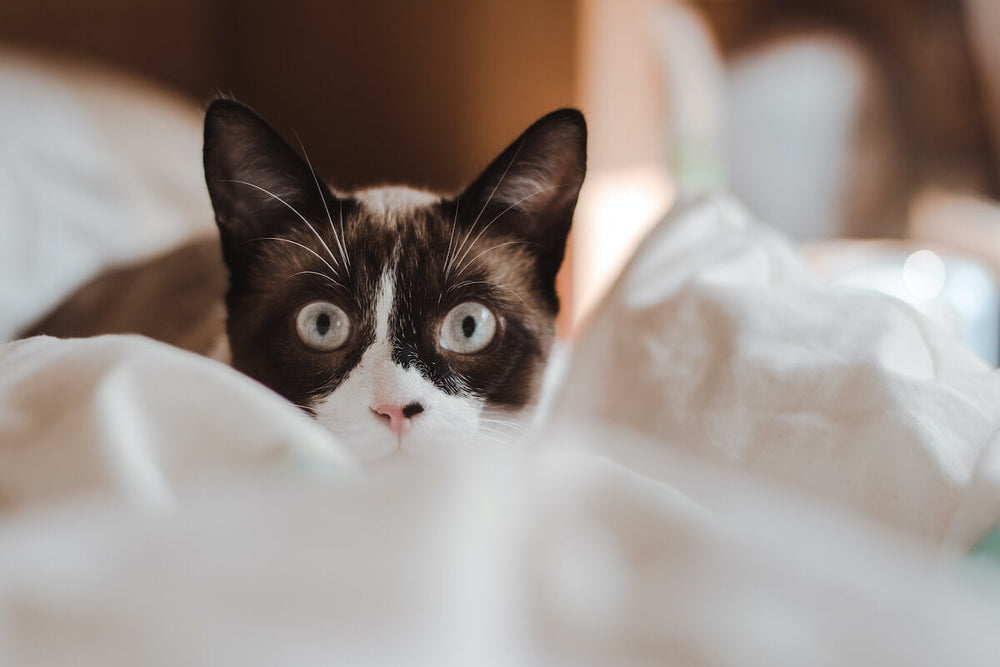
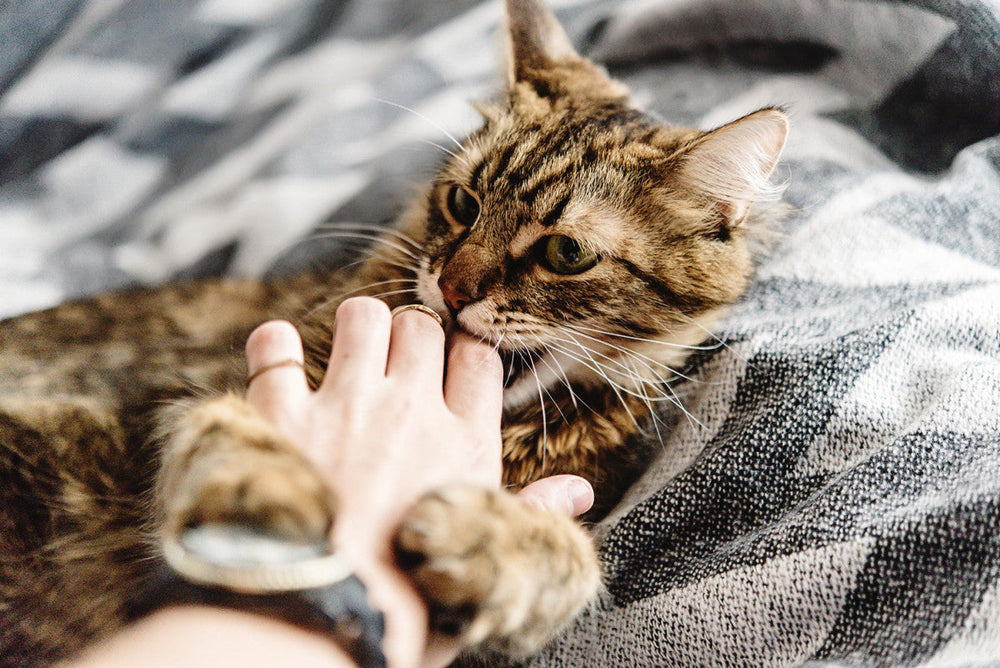
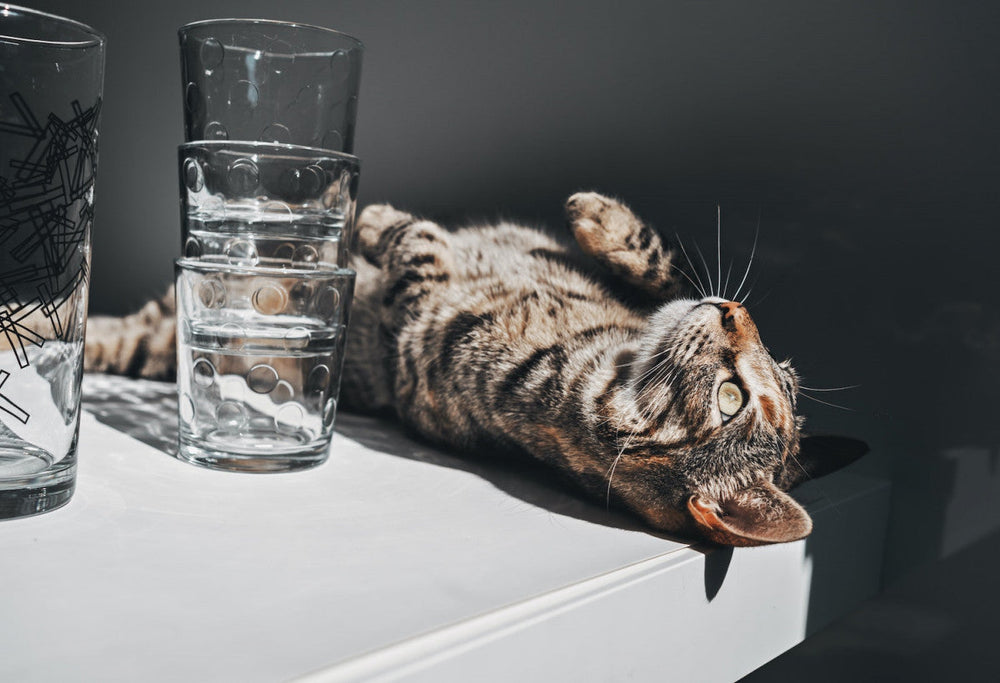
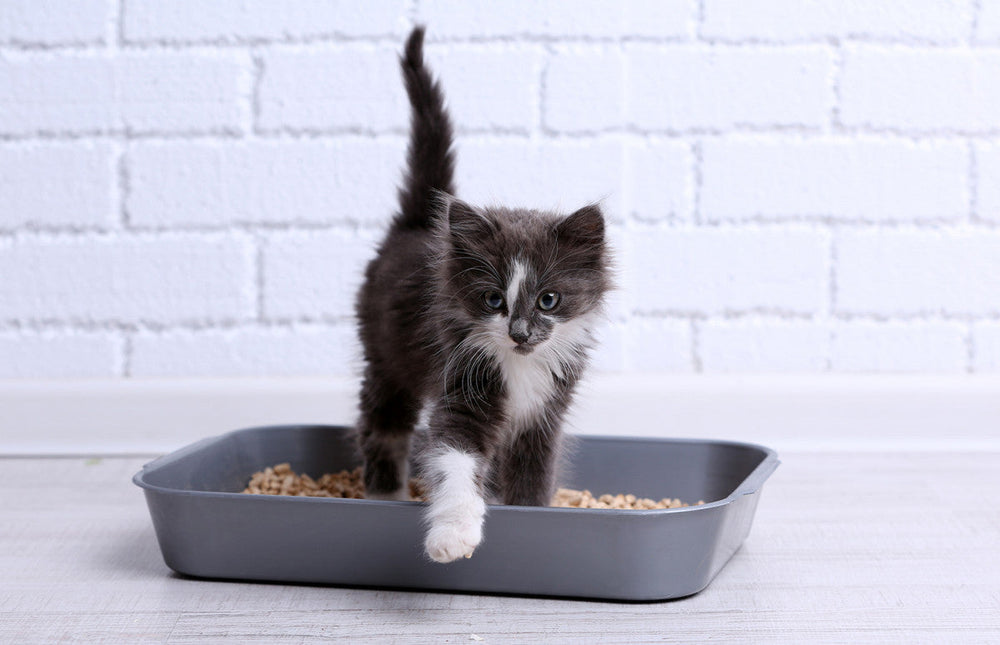
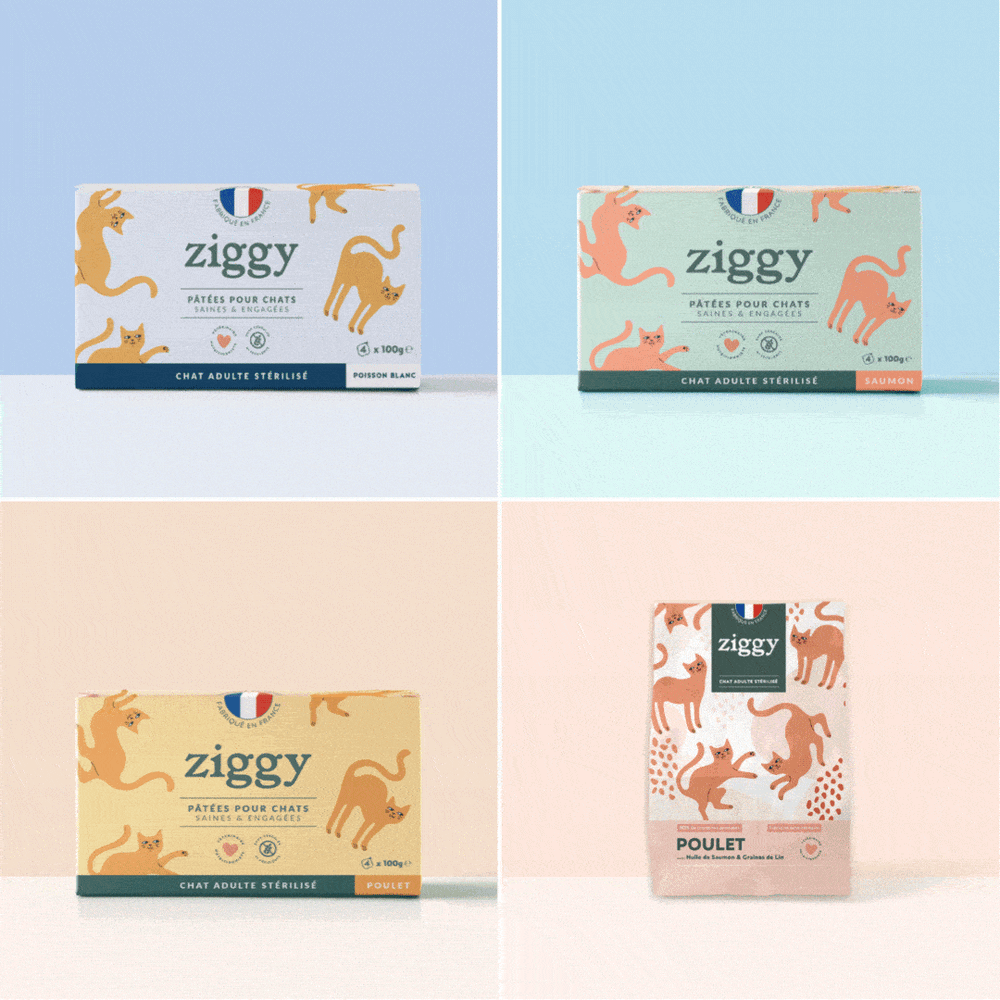
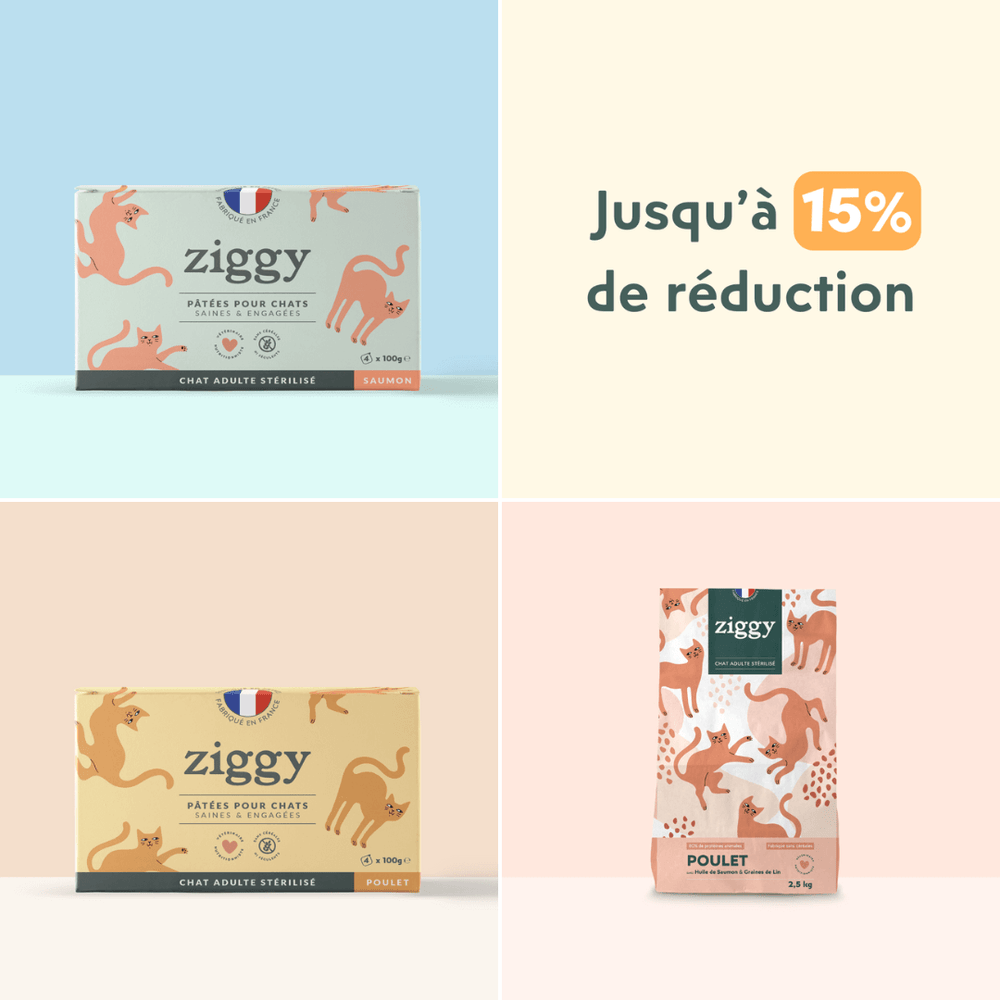





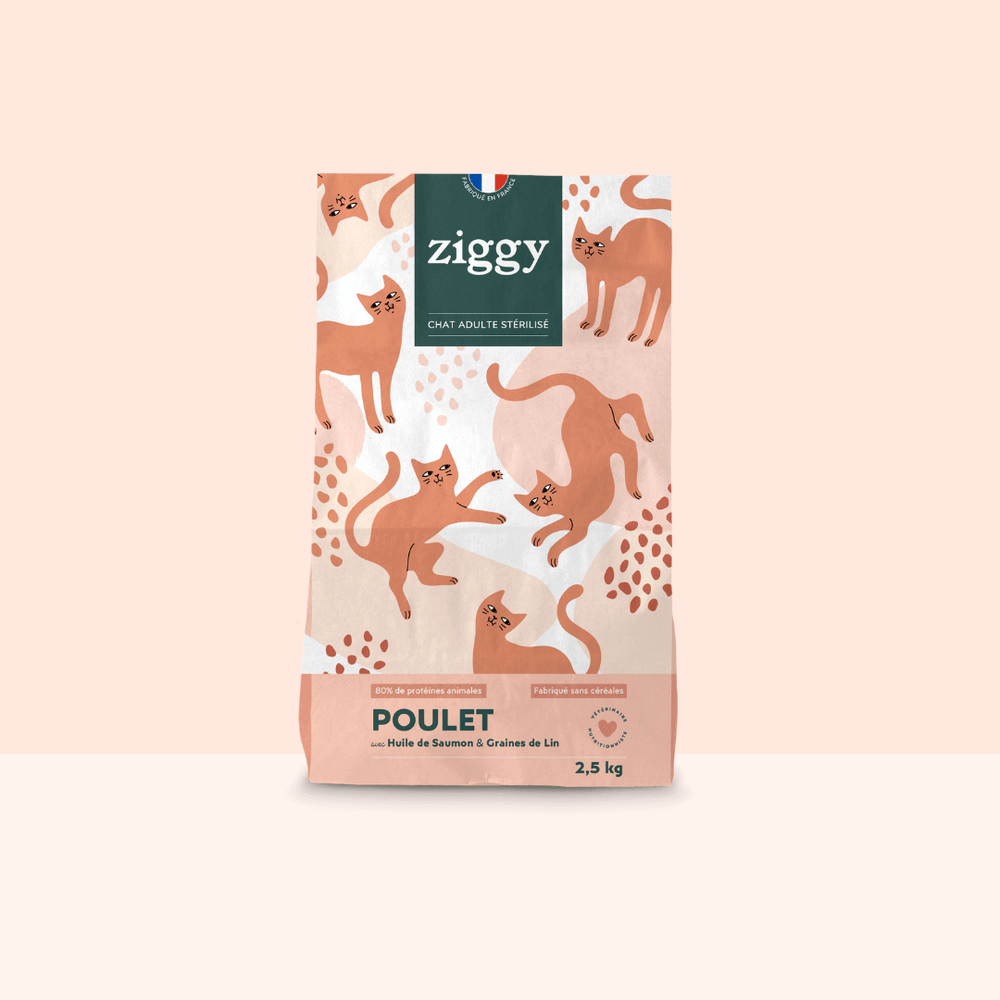
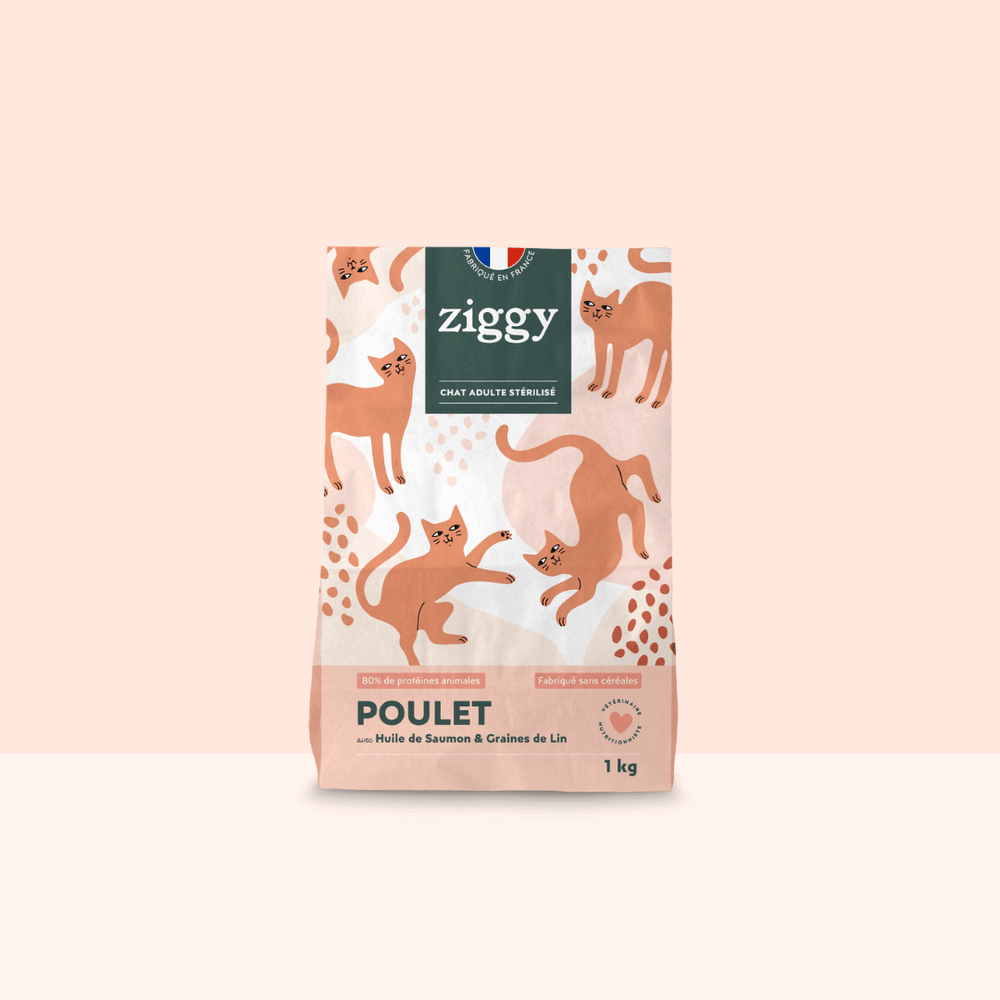
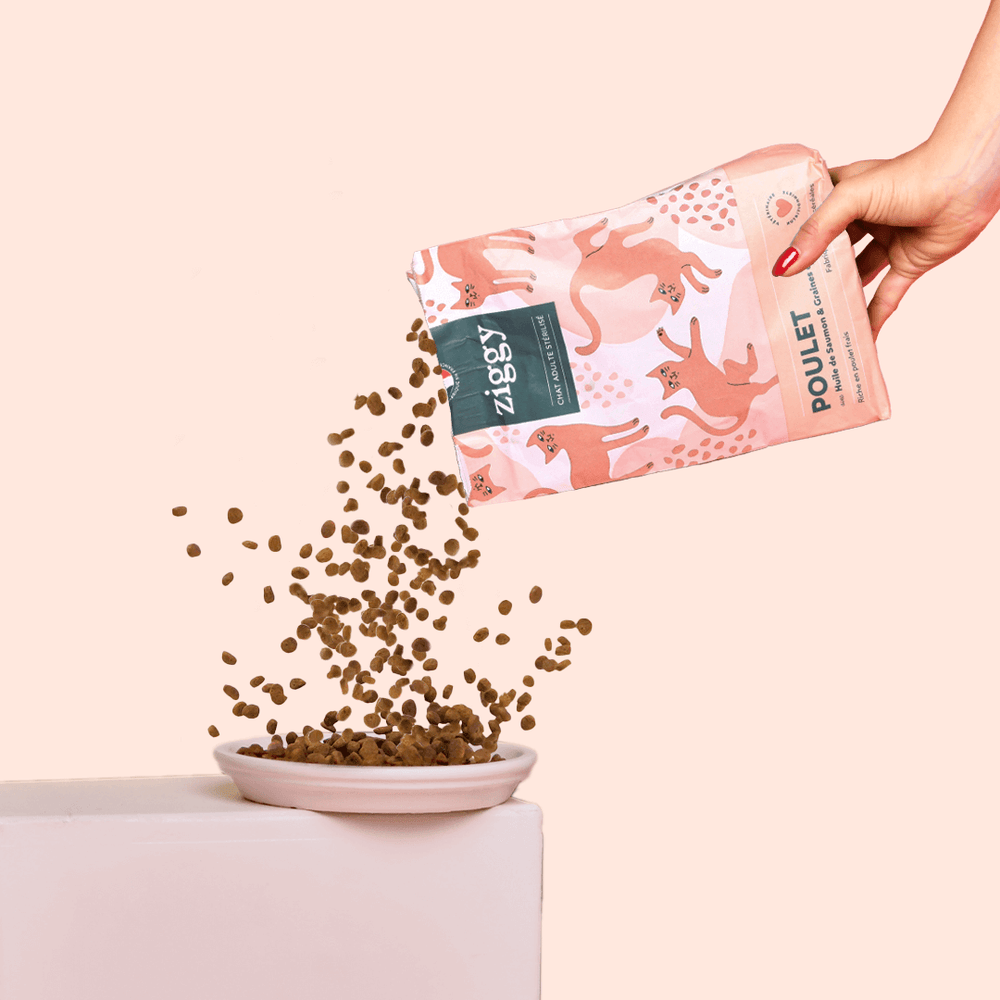
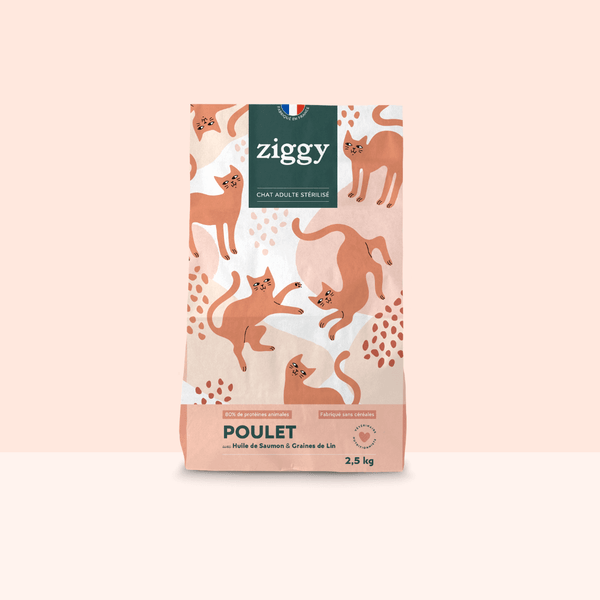
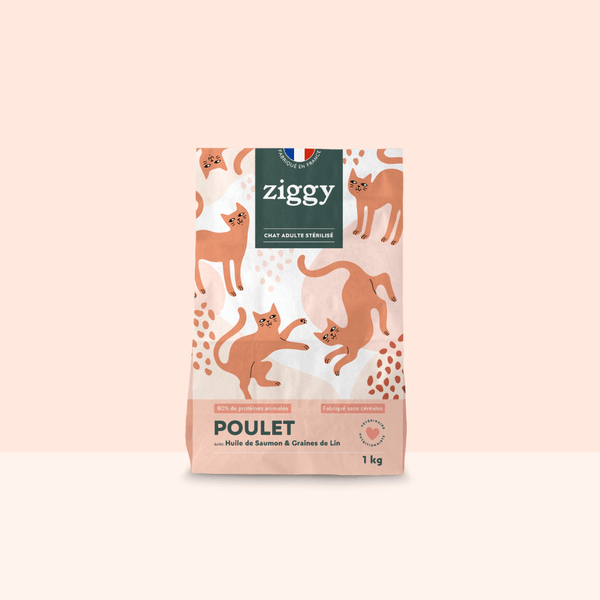
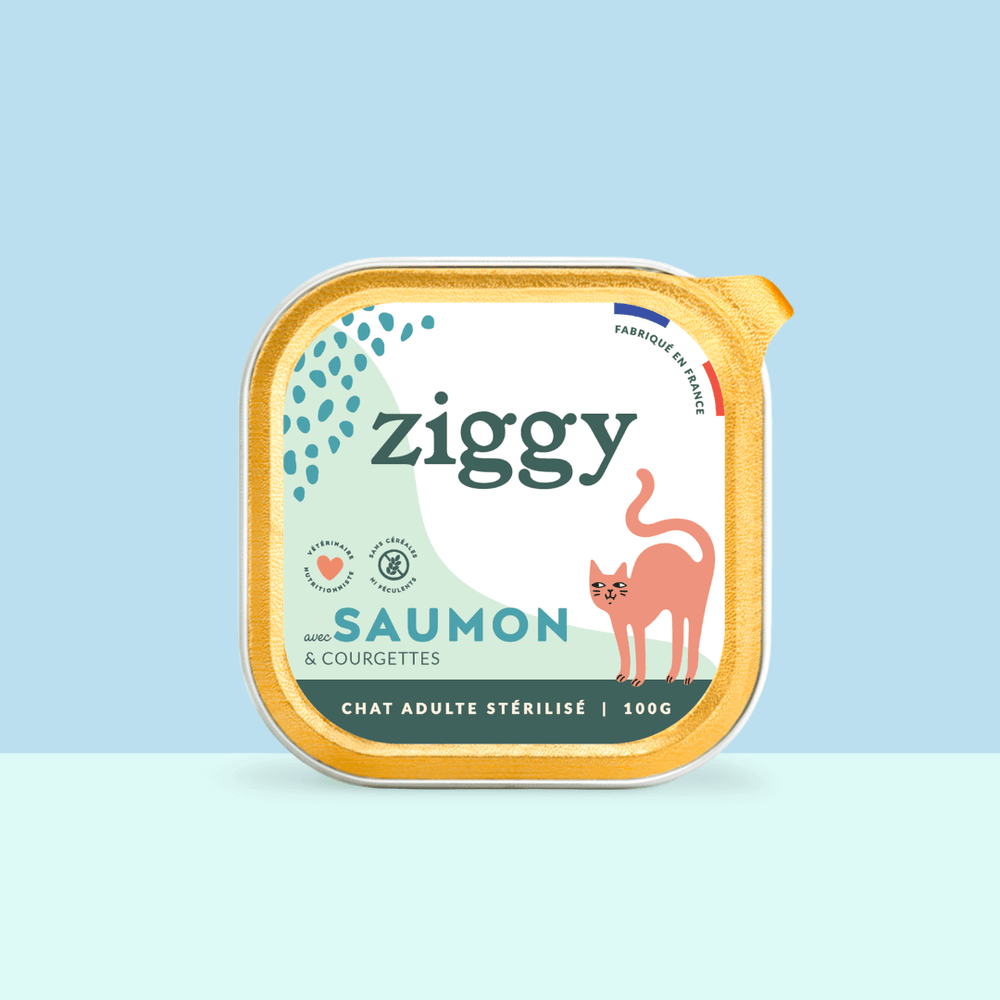
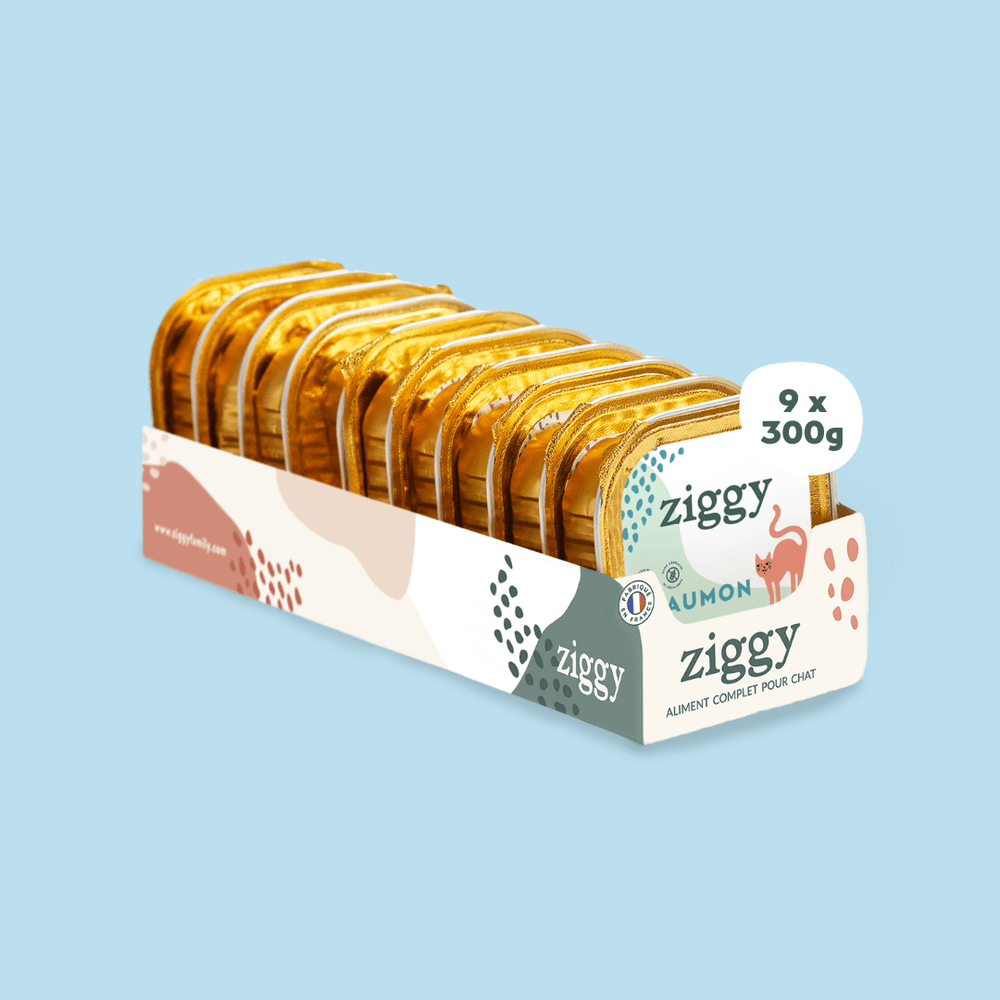
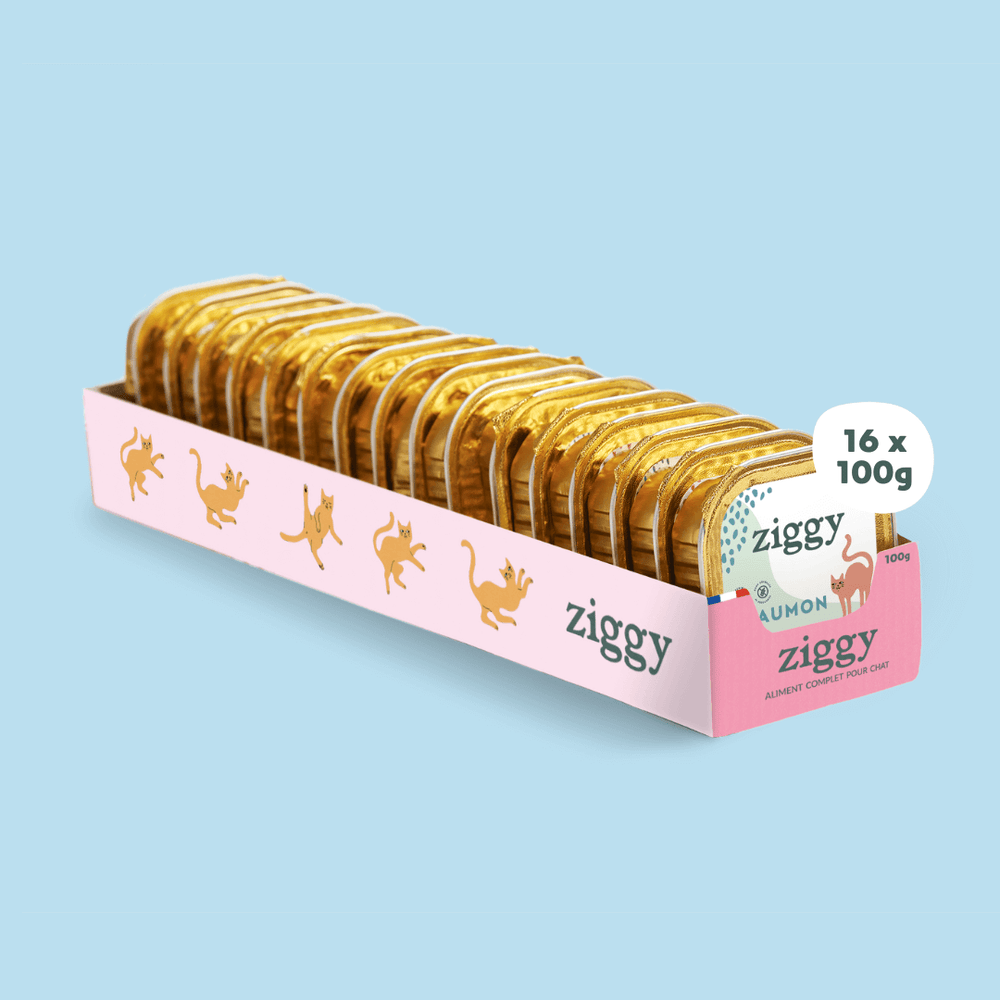
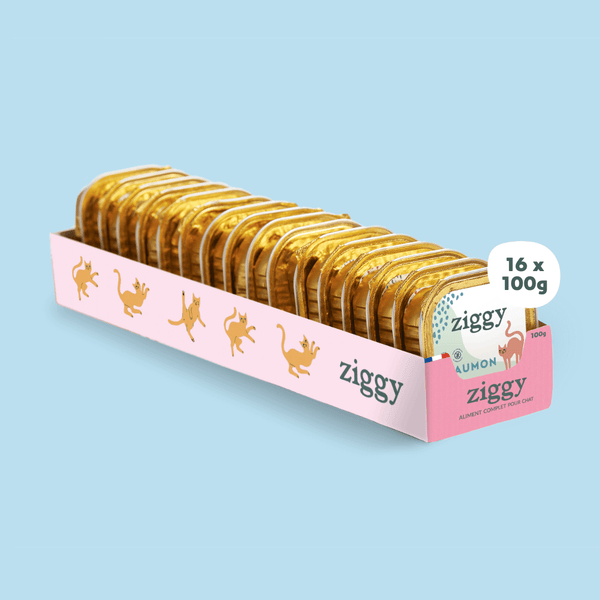
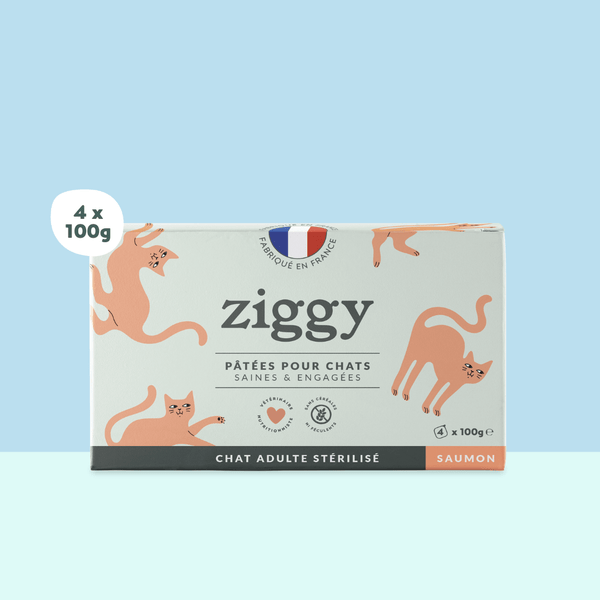
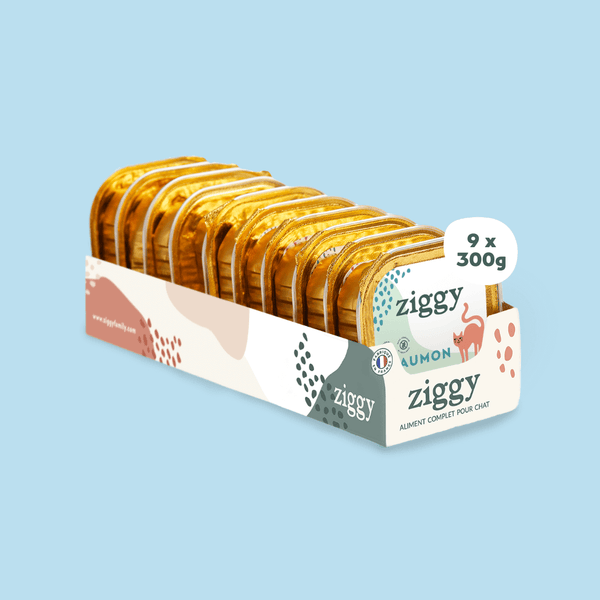


Merci beaucoup car nous avons une de nos chattes comme cela comportement du pica elle est adorable nous l’aimons et l’avons sauvé à 5 semaines elle va très bien merci à vous
Bonjour, et bien j’ai 2 pica à la maison.
La plus vielle, à une passion pour les poches alimentaire en plastique qui croustille. Ça a été bani de notre vie.
La seconde, c’est tout et n’importe quoi.
Le fameux comportement du bébé qui continu à 6 ans, il faut qu’elle mange tout et goute tout. Et suivant les croquettes qu’elle mange à ce moment , ca peut être pire alors hâte de goutter les ziggy.
Leave a comment